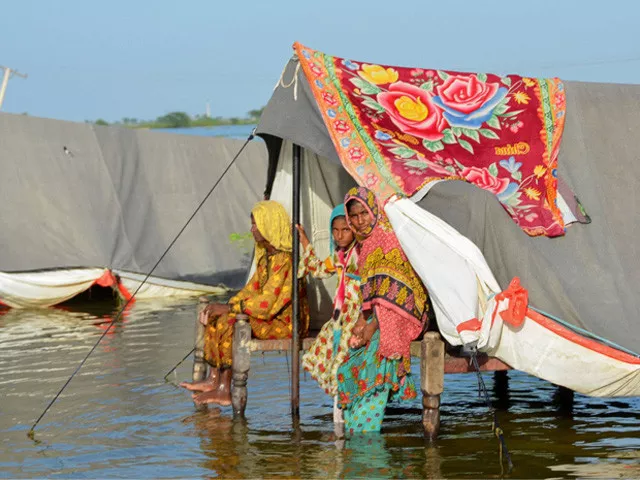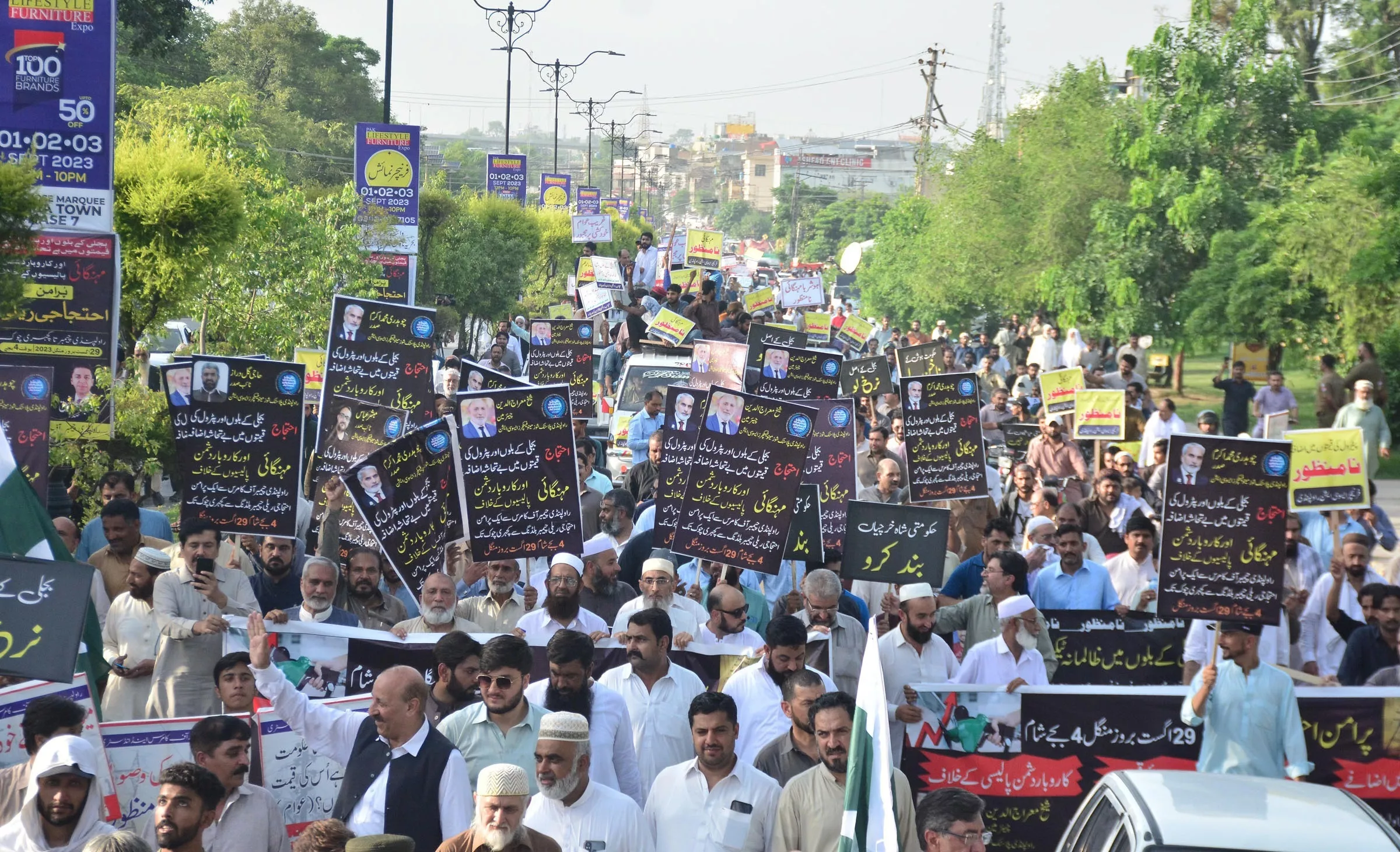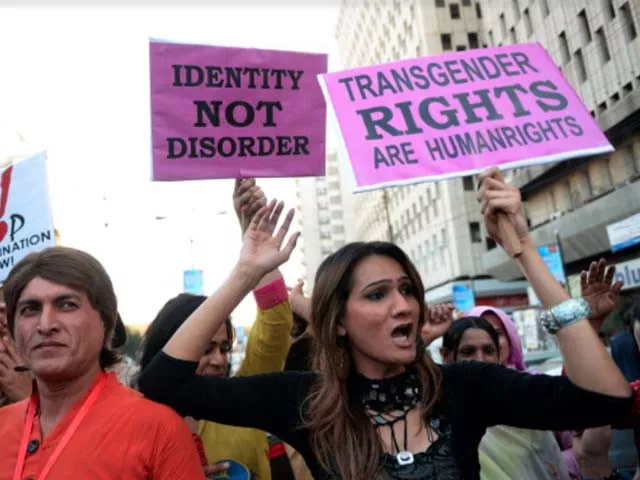
The disproportionate impact of floods on women
The recent wave of floods in Pakistan affected nearly 33 million people. These floods that resulted because of two concomitant factors, mainly climate change at a global level and the political and institutional inability of Pakistan to manage the anticipatory crises, have wreaked havoc on the marginalised segments of society.
This calamity has badly hit the poor population in the affected areas and its consequences are drastically impacting the women who are already at a low ebb. According to United Nations Development Programme (UNDP), women and children are 14 times more likely than men to bear the brunt of fatalities as a result of natural calamities. Deep-rooted gender inequality, exacerbated by poverty and illiteracy, is making life more miserable for women after the catastrophe caused by floods.
Pakistan is not considered to be a safe haven for the vulnerable groups, especially for its female population. For the past few years, the country is being constantly ranked as one of the worst places for women in terms of access to education, health, employment and safety.
According to the latest Global Gender Gap Report, Pakistan ranked 145 out of 146 countries, officially making it the second worst country in terms of gender equality. Despite the obvious manifestation of disparity among different gender groups, it is still not acknowledged by majority of people in Pakistan that this inequality exists. There is a common notion prevalent in the country that women are given enough respect and honour within the four walls of their homes and that they need not step out to pursue their goals. The social construction of “honour” and the politico-cultural history of women’s subjugation in the region is mainly responsible for the worsening state of rights being accorded to them.
Recent challenges posed by the floods have served to aggravate the already debilitating condition of women. Because of the so-called preservation of honour associated with their gender, men in some affected villages did not evacuate for relief camps as it would go against their cultural norms to take their women out of their villages to safety. Even though the families are battling against diseases, food shortage and livelihood problems, they are still not ready to put their women’s honour at stake.
The health conditions are also in a deplorable state for women. Not to mention the water-borne diseases that would affect thousands as a result of stagnant water. The immediate health needs of the affected women are not being addressed seriously. As per Human Rights Watch (HRW), 73,000 pregnant women are expected to deliver babies in the next month. However, many of these women lack proper access to healthcare facilities that they need. The floods have also destroyed a major portion of the healthcare infrastructure and communication networks. This is going to be more challenging for women since hospitals or temporary clinics are geographically further away.
Furthermore, women are also more liable to violence and abuse as a result of the flood crises. Due to joblessness, house destruction, starvation and uncertainty, gender-based violence is likely to increase as men would resort to violent ways to vent their frustration, similar to how cases of domestic violence and gender-based violence greatly increased in number during Covid-19 lockdown. Studies prove that economic conditions, financial uncertainty and stress often lead to women being in more vulnerable positions and more prone to abuse and violence.
Floods in Pakistan depict a disproportionate impact of disaster on men and women. Relief packages and restoration programs need a more gender-based approach to address the deprivations and grievances of the affected. Unfortunately, this issue is not paid serious attention and the ramifications on men and women are considered all the same. Policy-level measures need to possess a more women-oriented stance in order to understand and mitigate the social hindrances, movability barriers, sanitary issues, healthcare troubles and many other issues that increase women’s vulnerability during disasters. In addition, women’s involvement in the decision-making process during this time also carries immense importance. Including women as stakeholders can help to address women-related issues more effectively.




COMMENTS
Comments are moderated and generally will be posted if they are on-topic and not abusive.
For more information, please see our Comments FAQ